The Surprisingly Impactful History of Everyday Objects

We often go about our daily lives using various items without giving a second thought to their origins. These seemingly trivial objects have strange histories that, upon closer examination, reveal their deep significance in human lives. From paper clips to forks, let’s dive into the curious backstories of everyday things.
The Humble Paper Clip
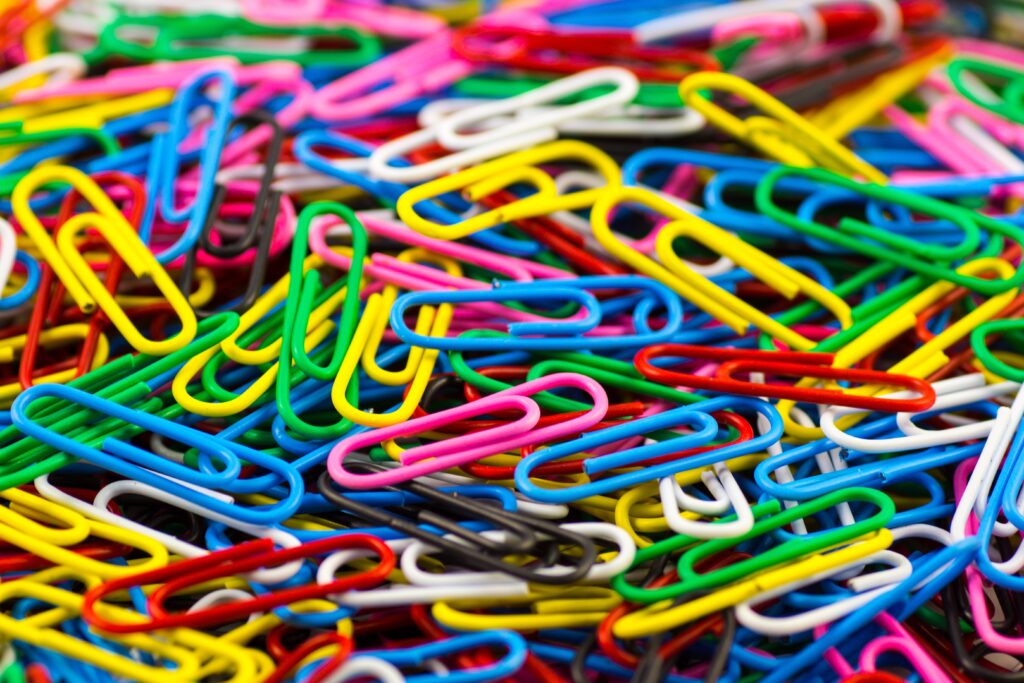
It’s worth mentioning the paper clip never received a patent. A common misconception is that Norwegian inventor Johan Vaaler invented it, but his design could have been more efficient than today’s paper clip. This simple design improvement allows for a sturdy grip without any moving parts, making it a marvel of engineering efficiency in its own right.
The Pencil: A Story of Globalization
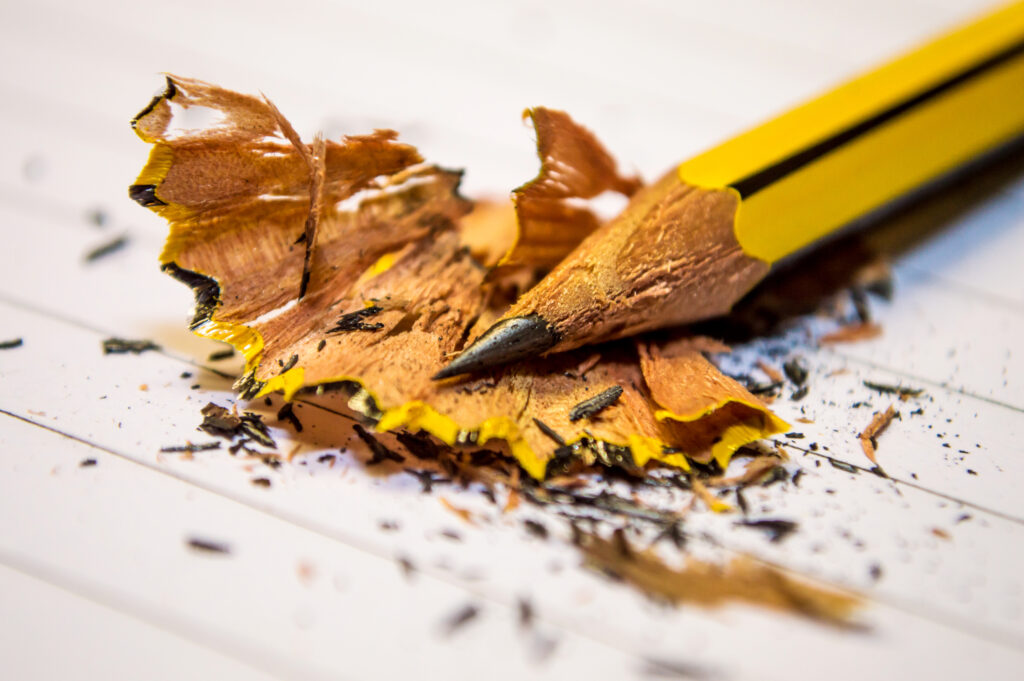
Additionally, the pencil industry has environmental impacts that have led to more sustainable practices in recent years. Companies started exploring more sustainable wood options or recycled materials as cedar forests depleted. This has turned the pencil into a product of globalization and a subject in discussing sustainable practices.
The Life-Saving Fork
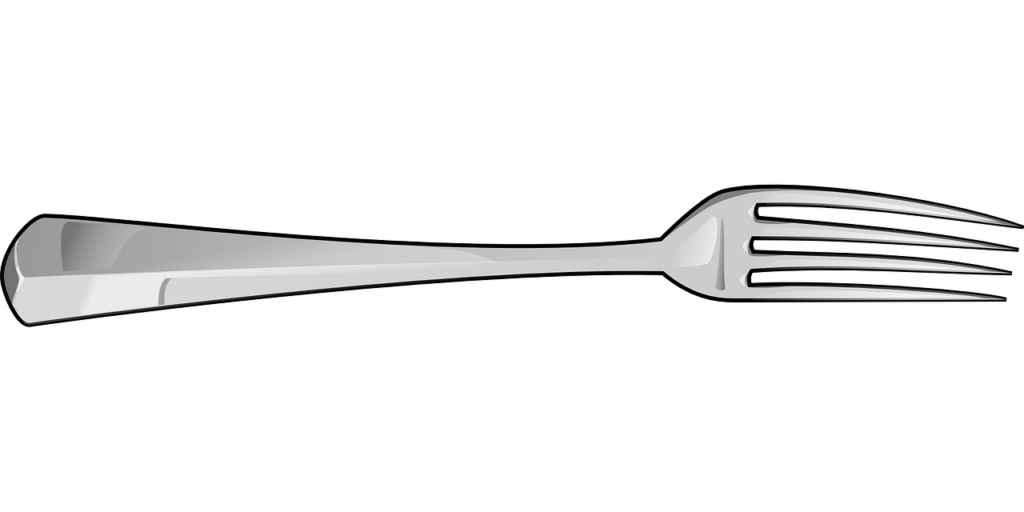
As society evolved, so did the fork. By the time it reached the American colonies in the 18th century, it had become a symbol of civilized dining. In the 19th century, specialized forks for salad, fish, and other courses appeared, showing that the once-controversial utensil had thoroughly integrated itself into daily life.
Matches: A Fiery History

Today, “safety matches” are the standard, created by substituting red phosphorus for white. The invention of the safety match was crucial for consumer safety and workers, providing a safer working environment. This adaptability and continuous improvement highlight how even simple innovations can undergo significant changes for the better.
The Crucial Role of Soap
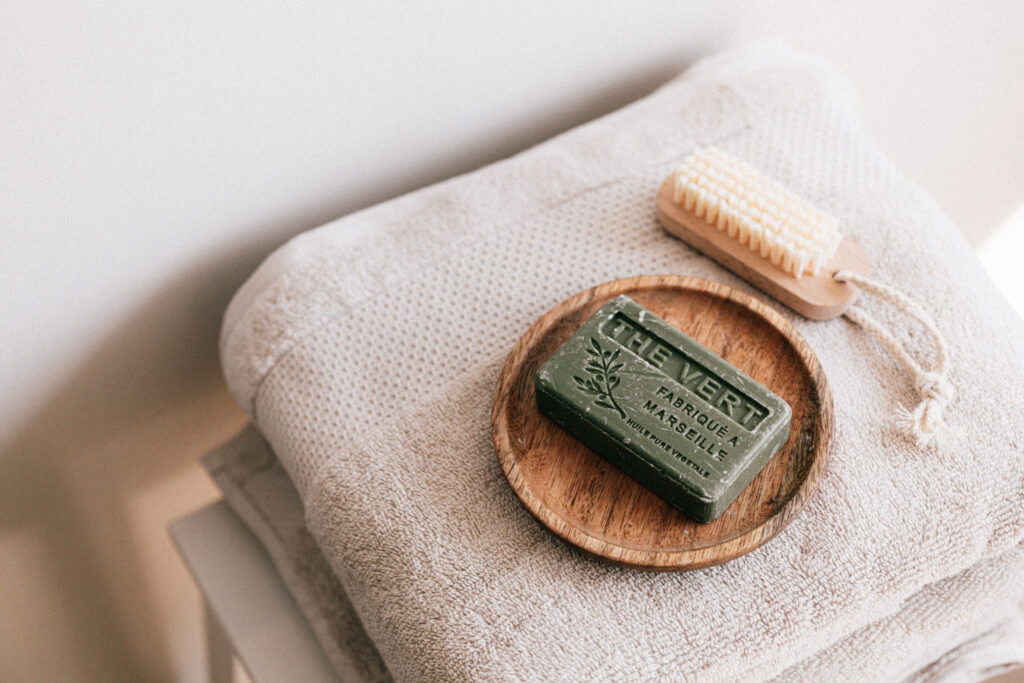
Even more fascinating is how soap has been marketed over the years. From being a simple cleaning agent, it has become a luxury item with organic, antibacterial, and moisturizing variations. This marketing evolution reflects societal values and advancements in dermatological science.
The Unassuming Zipper

The zipper didn’t just make life easier; it transformed fashion. Before zippers, clothing had cumbersome fasteners like buttons, hooks, or laces. The zipper allowed for sleeker, more form-fitting designs and quick changes, revolutionizing fashion from practical workwear to high-end couture.
The Reusable Legacy of Tupperware
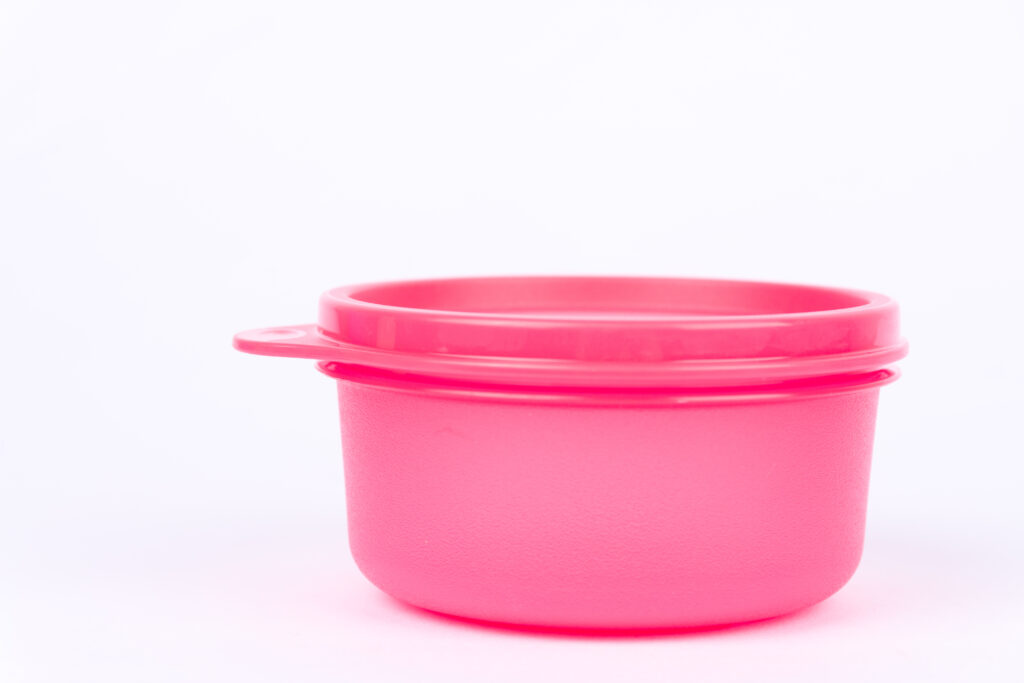
Moreover, the history of Tupperware became a tool for social change. As women gained more independence and moved into the workforce, Tupperware adjusted its marketing strategies to suit the needs of a changing consumer base. It wasn’t just about food storage; it symbolized modern efficiency and women’s evolving societal roles.
The QWERTY Keyboard: An Intentional Inefficiency

Interestingly, alternative keyboard layouts like the Dvorak have been developed to enable faster typing and reduce finger strain. However, the QWERTY layout’s ingrained cultural and industrial adoption has made switching difficult, showing the staying power of initial design choices.
The Mundane Yet Mighty Clock
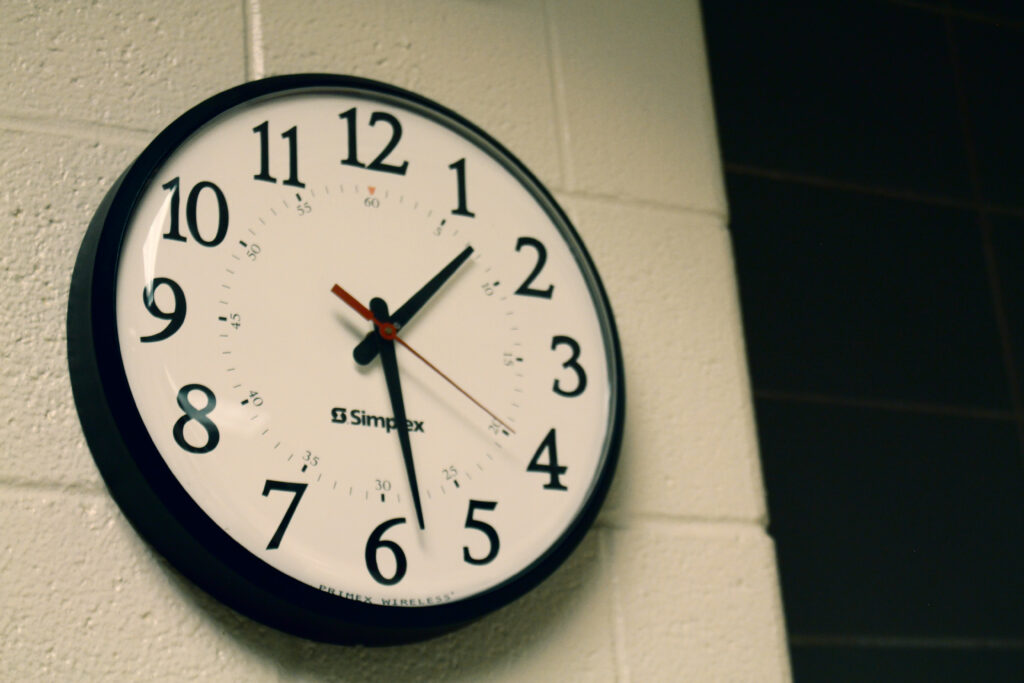
Beyond punctuality, the concept of measuring time has more profound psychological and cultural implications. It influences how we view our lives and how we interact with others. The “nine-to-five” work culture, the academic year, and even religious practices like prayer times are structured around measured time, emphasizing its far-reaching impact.
These everyday items may seem insignificant, but their strange and fascinating histories reveal how integral they are to our lives. The next time you clip a stack of papers or wash your hands, take a moment to appreciate the profound impact and lengthy journey these objects have made to get to you. Whether by fostering international cooperation, promoting hygiene, or even saving lives, these mundane items are anything but trivial.